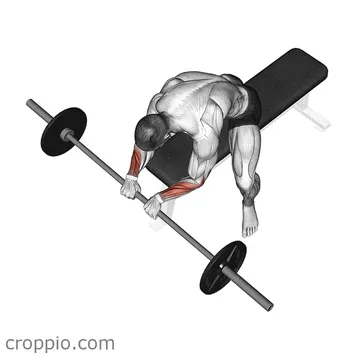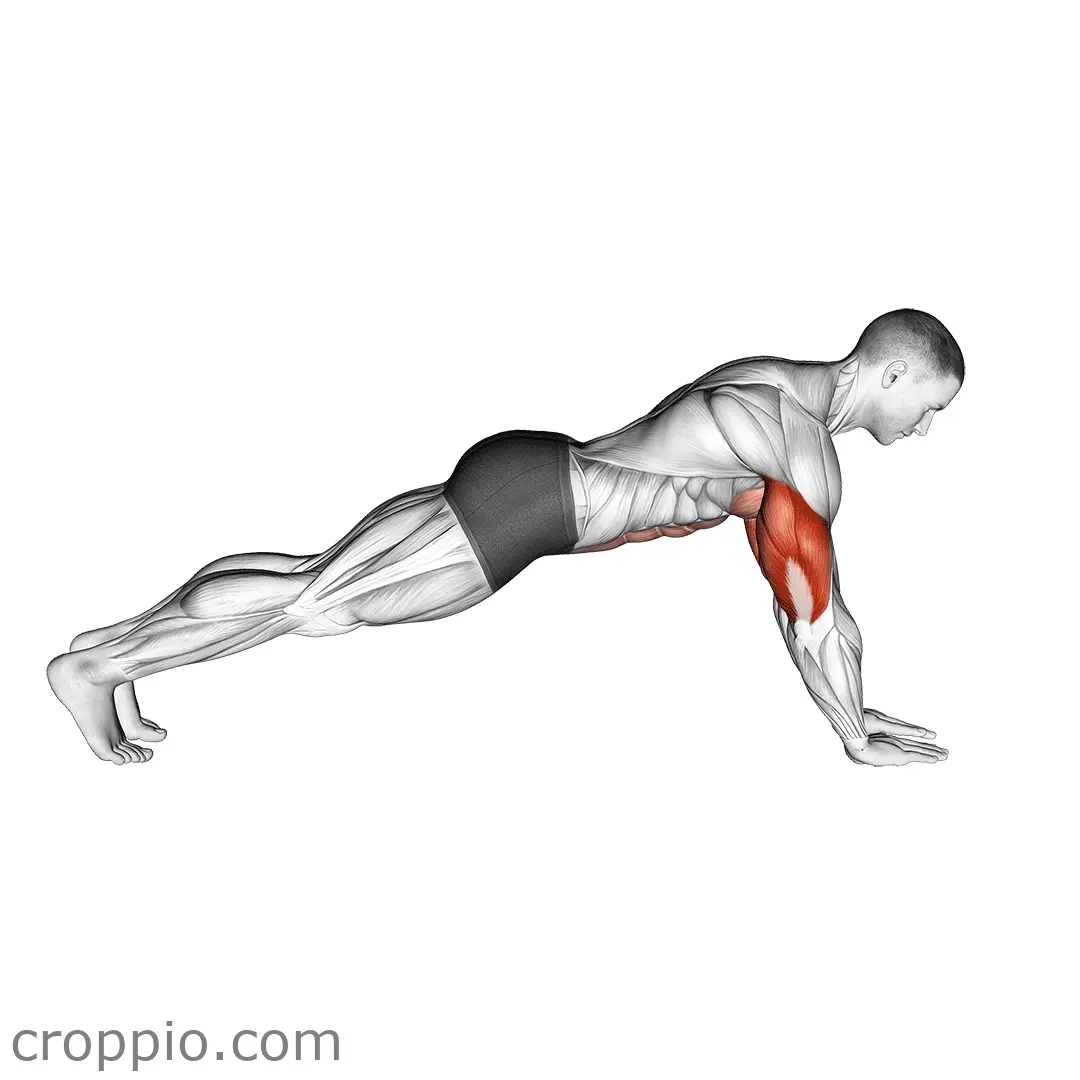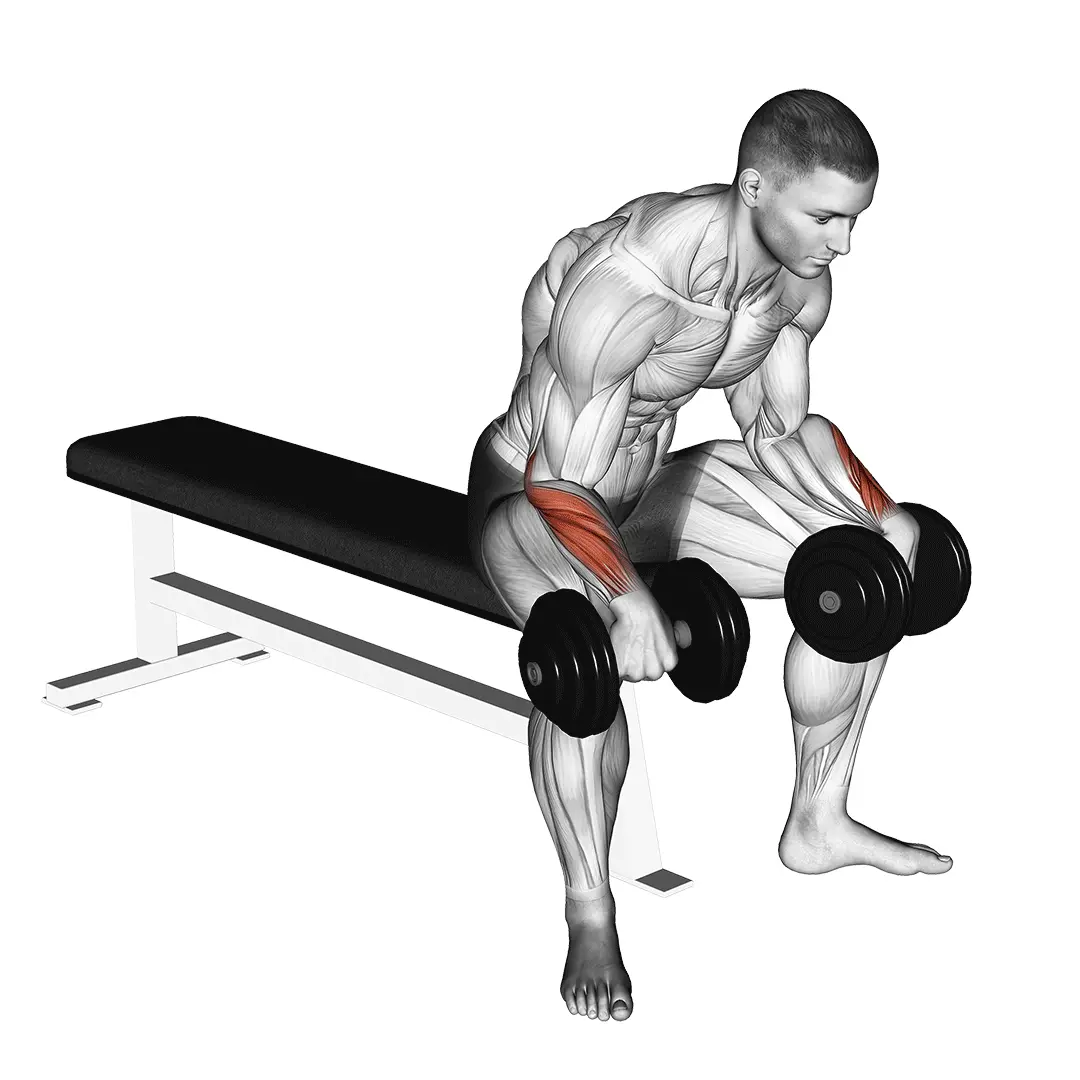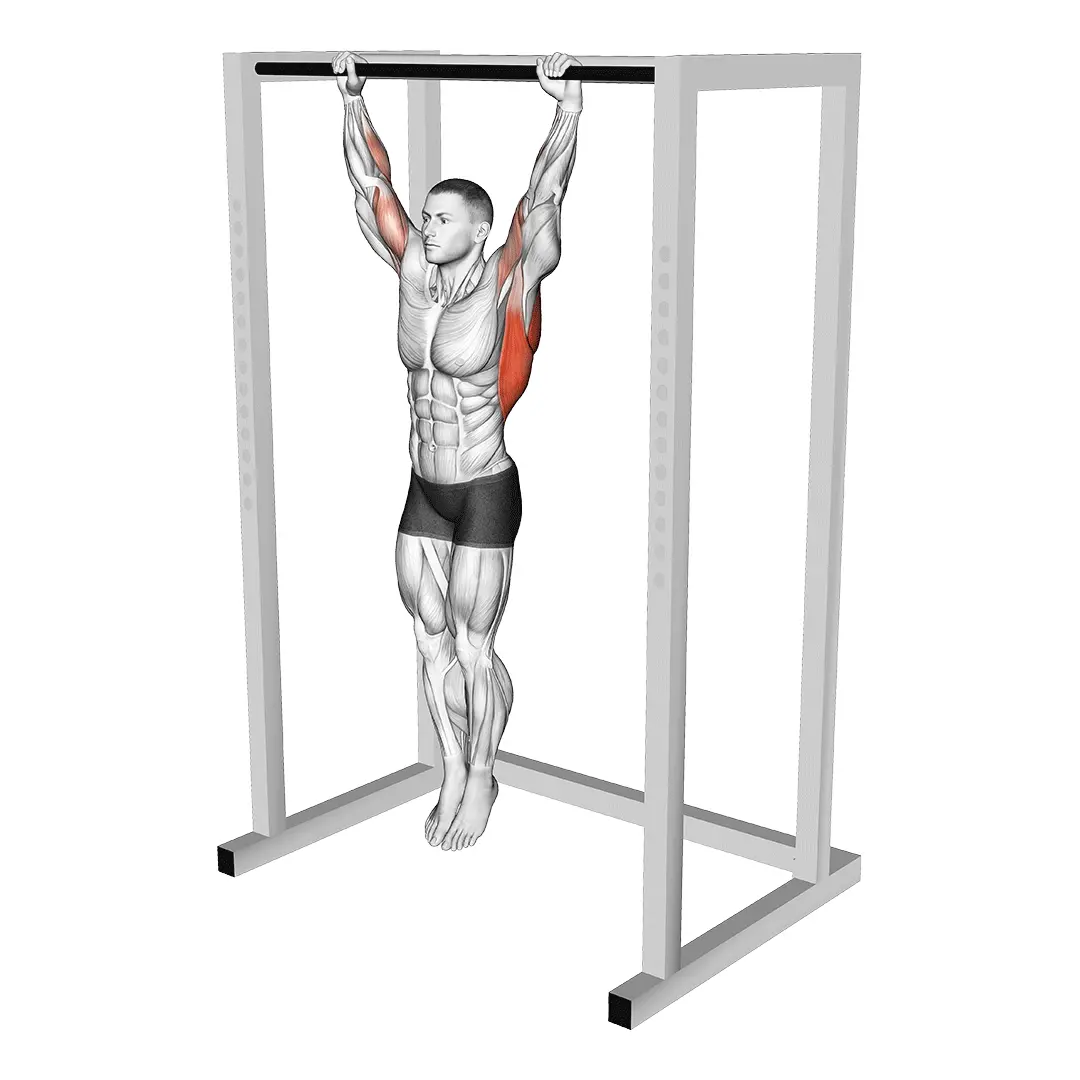Barbell Reverse Wrist Curl

Muscles Involved
The barbell reverse wrist curl is an excellent exercise primarily targeting the muscles of the forearm. The primary muscle involved in this movement is the extensor carpi radialis, which is responsible for extending and raising the wrist. Additionally, the extensor digitorum and the extensor carpi ulnaris play significant roles in stabilizing the wrist and fingers during the lift. Secondary muscles that benefit from this exercise include the brachioradialis and the anconeus, both of which assist in supporting the joint mechanics while lifting.
Top Mistakes
- Using too much weight: This often leads to compromised form, risking injury to the wrist or forearm.
- Incorrect wrist position: Allowing the wrists to flex or bend can reduce effectiveness and increase strain.
- Rushing through reps: Performing the exercise too quickly can lead to poor muscle engagement and safety issues.
- Not using a full range of motion: Partial movements fail to maximize muscle engagement and reduce the overall benefits of the exercise.
Execution Tips
- Start with lighter weights to master the form before progressing to heavier loads.
- Grip the barbell with an overhand grip, ensuring that your wrists remain straight throughout the movement.
- Position your forearms against a flat surface, with your hands hanging over the edge to allow full wrist mobility.
- Focus on lifting the barbell using slow and controlled movements, emphasizing the contraction in your forearm extensors.
- Lower the barbell back to the starting position in a controlled manner, avoiding any jerking motions.
Workouts
The barbell reverse wrist curl can fit smoothly into various workout routines focusing on strength and endurance. Aim for 3 to 4 sets of 10 to 15 repetitions, adjusting the weight according to your fitness level. Complement this exercise with other forearm strengthening movements, such as standard wrist curls, hammer curls, and grips exercises. This combination will ensure balanced muscle development and improved grip strength, which is beneficial for overall lifting performance.
Conclusion
Incorporating the barbell reverse wrist curl into your training regimen offers numerous benefits, including enhanced forearm strength, increased grip strength, and improved overall wrist stability. Whether you're an athlete looking to improve your performance or simply seeking to enhance your physique, this exercise is an effective way to achieve your goals and ensure a well-rounded arm workout.



